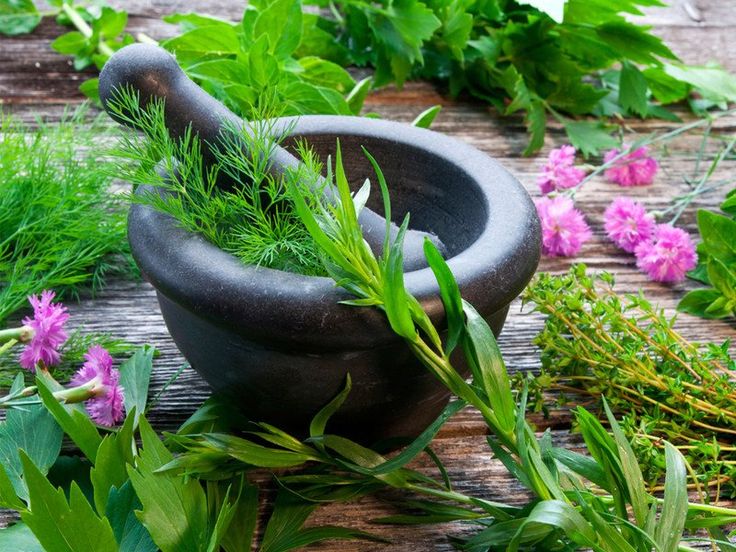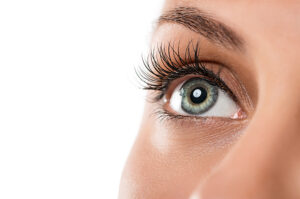Traditional treatments for wellness sees an increase in usage
Traditional treatments for wellness sees an increase in usage
The traditional system of medicine and healing in India is rooted in the various medical treatises of ancient vedic science, and encapsulates a well researched, clinically tested and holistic approach to human disease, illness and their cure, promoting healthy living and longevity, naturally.
Scholarly research and scientific advances in treatment, preparation of medicines, formulations and concoctions have ensured that the ancient Indian systems of medicine and healing are further validated and made more accessible to patients as a proven, viable alternative to the various forms of modern medicine and surgery.

Traditional systems of Indian medicine and therapy as articulated in Ayurveda and yoga aim at promoting health and wellness by applying the general principles of holistic, prophylactic and curative treatment in terms of the physical, mental, social, emotional and spiritual planes of a human being. An ancient text, Taittariya Upanishad, is a medical treatise that describes the fundamental basis of the management of health and wellness through yoga therapy.
Contrary to the general scientific belief, the text proposes that human existence is much deeper than just the physical and mental, and describes it in terms of the panchakosha concept, which stresses on the presence of the five metaphysical layers or sheaths that make up the evolution of a physical being: i. annnamayakosha, or the physical layer, consists of the panchamahabhutas-the five natural elements (earth, air, water, fire and ether); ii. pranamayakosha, or the energy layer, which is the essential fabric of nature; iii. manomayakosha, or the mental layer, which manifests as will, emotion, and taste; iv. vijnanamayakosha, or the intellectual layer, which controls mastery, sense of discrimination and action and; iv. anandamayakosha, or spiritual bliss, that is responsible for a joyous state of the being.
According to another ancient medical treatise, Yoga Vasistha, human disease is classified into two categories based on the metaphysical layer from which it originates. The first category of disease originates in the annamayakosha and is termed anadhija vyadhi or disease that is not the result of psychological and lifestyle related stress but illness arising from the imbalances in the physical environment.
The second category of disease originates in the manomayakosha and is termed adhija vyadhi or stress born, and includes psychosomatic and stress related illness as also lifestyle related morbidities such as hypertension, diabetes, heart disease and asthma, among others. Yoga Vasistha is also a detailed medical manual on pathogenesis and the management protocol for these illnesses.




 Our hair is an integral part of our self-image and sensuality, and of the way we present ourselves to the world. It also signals the health status of our body, mind, and emotions.
Our hair is an integral part of our self-image and sensuality, and of the way we present ourselves to the world. It also signals the health status of our body, mind, and emotions.